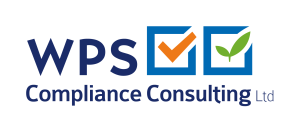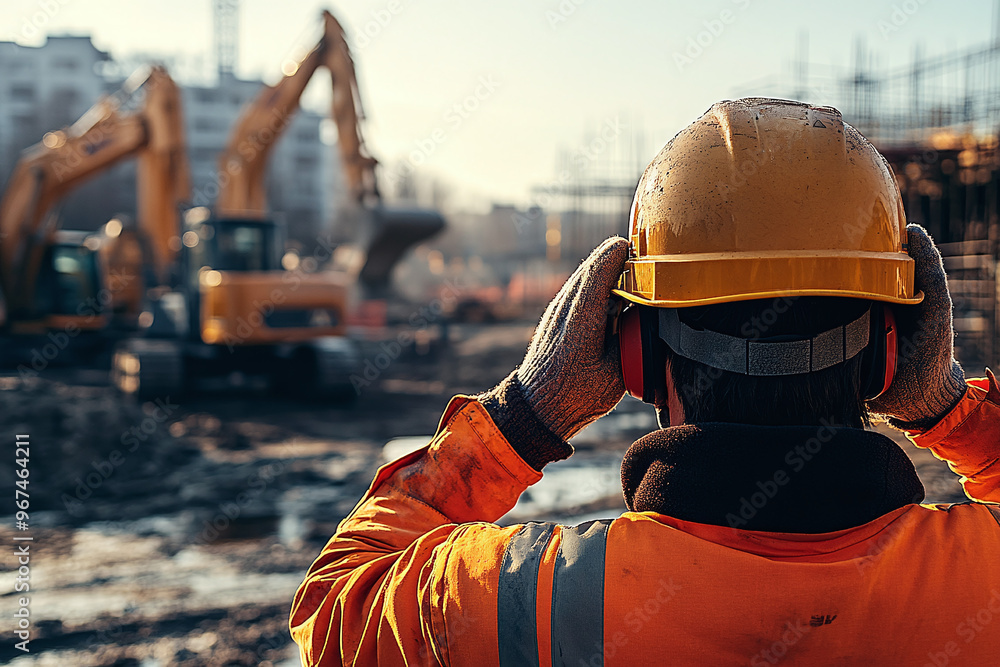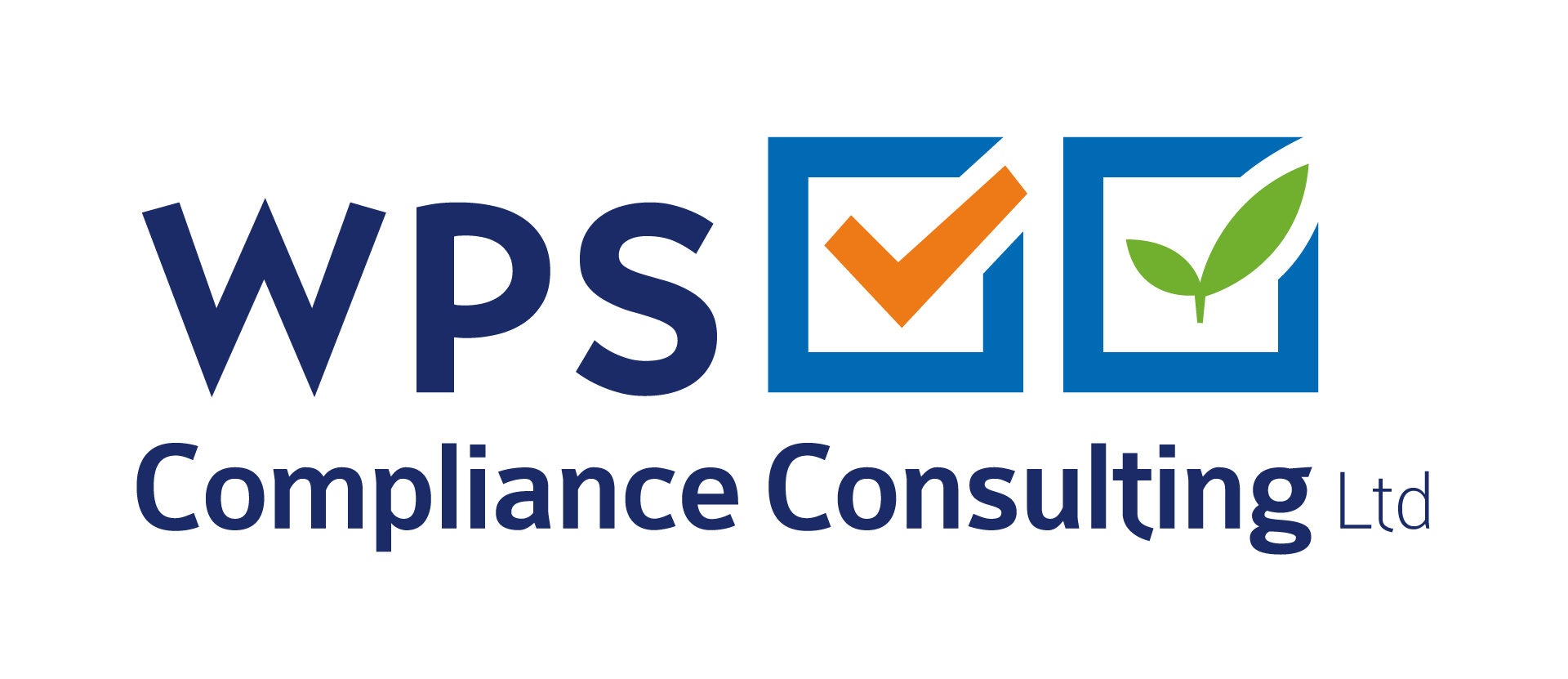How to Reduce Noise Pollution in BREEAM Projects (Pol 05): A Site Manager’s Handbook
Noise pollution is often overlooked in construction, yet it can have serious consequences—from regulatory fines to poor community relations. The BREEAM credit Pol 05: Reduction of Noise Pollution helps project teams proactively manage this risk.
What Is Pol 05?
Pol 05 encourages projects to assess and limit the impact of construction-related noise on both the site workforce and surrounding community. This includes:
- Pre-assessments of noise-sensitive receptors
- Noise monitoring and mitigation strategies
- Compliance with BS 5228: Code of practice for noise and vibration control on construction and open sites
Why Does Noise Compliance Matter?
Fines and Legal Risk:
Local authorities can impose fines or halt work under Section 61 of the Control of Pollution Act if a project breach agreed noise limits.
Reputation Management:
Noisy sites spark public complaints, social media backlash, and negative press coverage. This can delay planning approvals or damage relationships with clients and communities.
BREEAM Benefits:
Projects can earn Pol 05 credits by following good acoustic design principles and implementing a formal noise management plan.
Site Manager’s Quick Checklist for Noise Control
Conduct a baseline noise survey before work begins
Identify sensitive receptors (schools, hospitals, homes, etc.)
Create a noise and vibration management plan
Schedule high-impact works during acceptable hours
Use acoustic screens, barriers, and quieter plant models
Keep equipment well maintained
Communicate regularly with neighbours and local authorities
Real-World Example
In 2023, a major contractor working near a primary school in East London avoided significant fines by implementing a proactive Pol 05 strategy. Their plan included early stakeholder engagement, regular monitoring, and shifting pile-driving works outside school hours—earning them full BREEAM credits and positive local media coverage.
WPSCC Support
WPSCC offers tailored site support to help you:
- Identify noise-sensitive areas and receptors
- Develop compliant mitigation plans
- Conduct monitoring and reporting
- Train your team in best practices and BREEAM documentation



